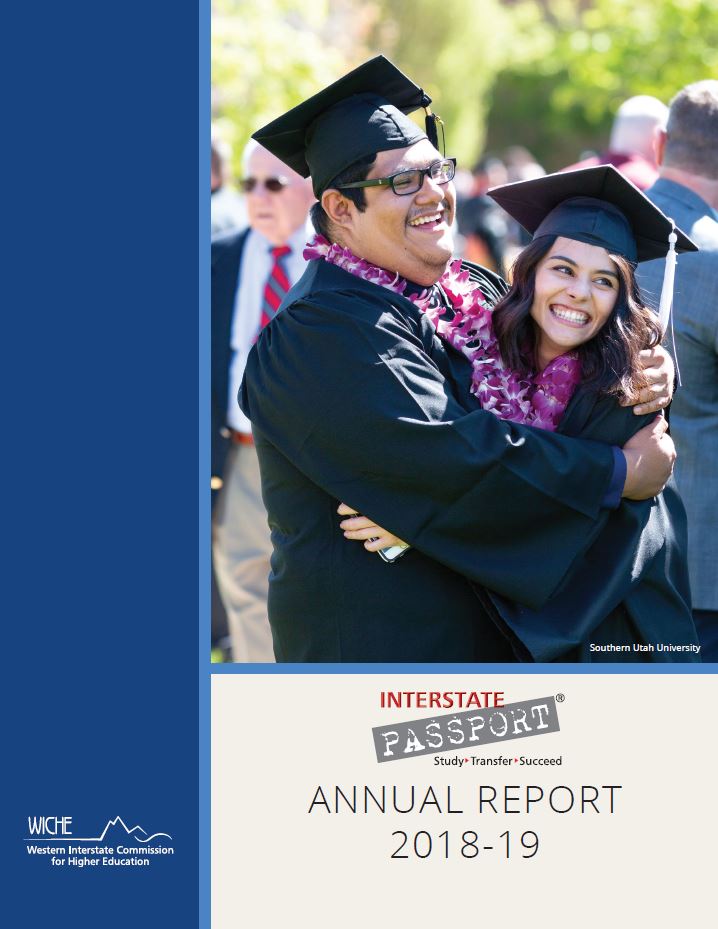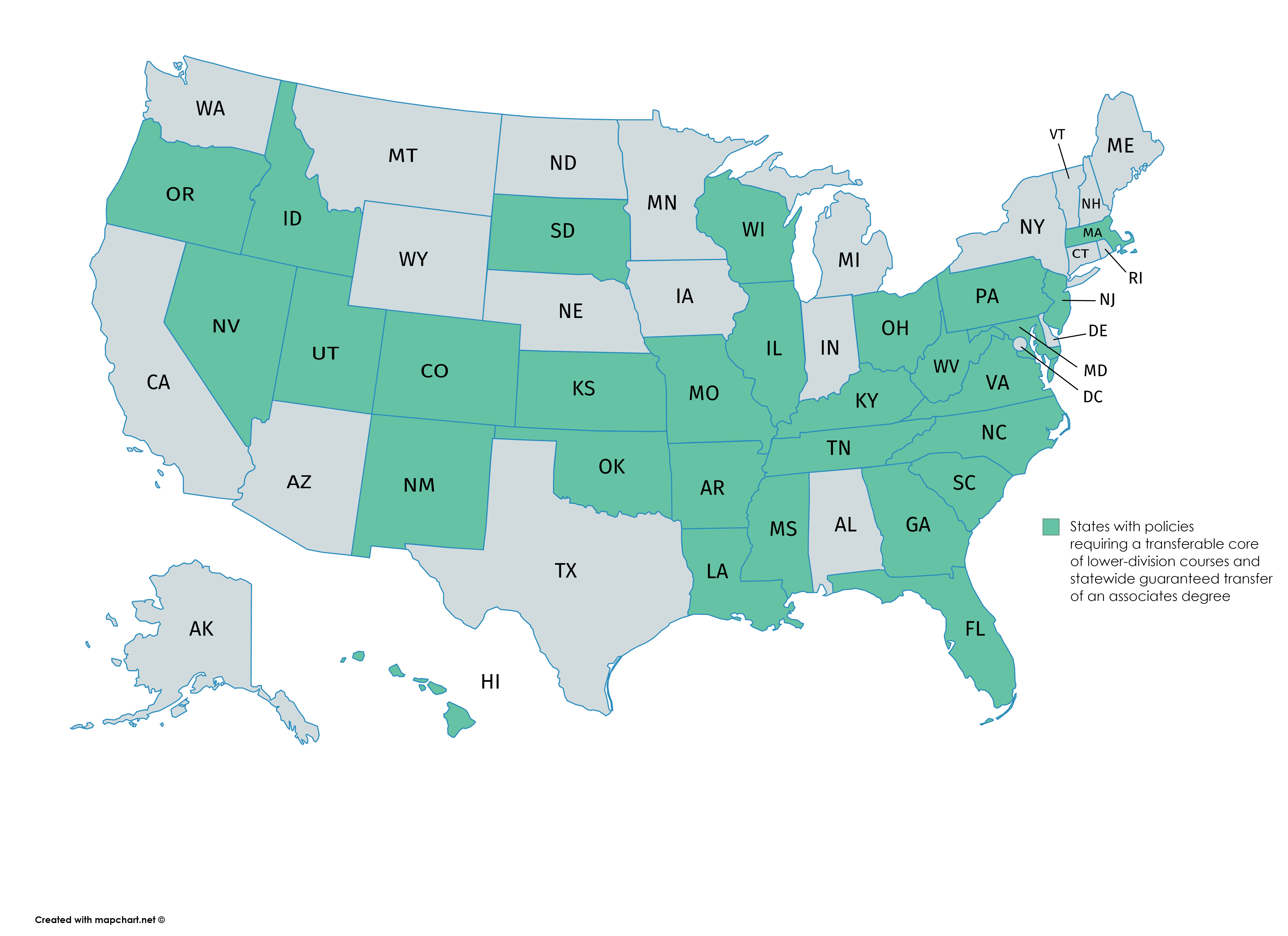4-year college costs push minorities into community colleges
By MADHU KRISHNAMURTHY – Associated Press – Sunday, January 19, 2020, WASHINGTON TIMES
As many low-income minority students increasingly are leaving four-year institutions due to rising tuition costs and lack of supports, one college in Palatine, Illinois is offering students a second chance. Harper College, like many community colleges, is positioned uniquely to help these students through career path programs tailored to what local employers need. Minority students are offered tuition assistance, mentoring and networking.
“Nearly a third of students at suburban community colleges come from low-income families and receive assistance through federal Pell grants and state Monetary Award Program grants. Many colleges have adopted programs and policies that help black, Latino and low-income students complete degree programs and transfer to four-year universities.”
A goal met: More UNC System students are graduating within 5 years than ever before
By KATE MURPHY – January 16, 2020, RALEIGH NEWS & OBSERVER
The University of North Carolina System is reporting that more students are graduating from its universities within five years than ever before, and the upward progress is expected to continue. The five-year graduation rate across the UNC System hit 71 percent in 2018 after a steady increase over the past five years. Enrolling more transfer students is one of the key reasons for the improved graduation rates, along with improved advising on campus and setting new admissions requirements. “Academic advising helps students figure out what they should major in, the classes they need to take and the shortest path to their degree. The system prioritized enrolling transfer students and making sure they get credit for the classes they took, particularly at community colleges across the state.”
Poaching Enrolled Students: Once Taboo, Now Okay
By ERIC HOOVER – February 5, 2020, CHRONICLE OF HIGHER EDUCATION
Findings from a new report indicate that about one third of enrollment leaders “said they were considering trying to poach other colleges’ students.” The report by consulting firm EAB, Enrollment Strategy After the NACAC Vote, describes how colleges are responding to recent changes in the National Association for College Admission Counseling’s ethics code. Institutions are offering transfer incentives to students who were previously admitted but who ended up attending other four-year colleges. A small percentage of respondents said they were considering going after students enrolled elsewhere, whether or not they had applied or been admitted in the first place. “The transfer market is huge and ever churning.” According to the report, 28 percent of students would consider another college that offered to transfer all credits from their current institution.
How the skills gap is changing the degree path
By MIKHAIL ZINSHTEYN – February 17, 2020, EDUCATION DIVE
This articles showcases several institutions that are reshaping the degree pathway, offering new ways to meet the needs of students and the economy or risk losing out on the huge future market for lifelong learning. Some are strengthening transfer pathways between two- and four-year schools, while others are bringing industry-recognized credentials into the curriculum sooner than they have in the past. In some cases, more weight is put on training experiences.
- The University System of Georgia is creating a new type of two-year degree that requires students to take internships and upper-division courses — demands typically not found in associate degrees. Georgia is calling these “nexus” degrees.
- Colorado Mesa University is home to Western Colorado Community College, a rare pairing that gives students at both schools access to short-term credentials and transfer pathways to bachelor’s degrees. Courses taken at the community college level will be accepted at the four-year level if they are in the same discipline.
- BYU-Pathway Worldwide, part of a network of institutions that includes Brigham Young University in Provo, Utah, requires students to earn short-term certificates en route to an associate or bachelor’s degree. The model increases the likelihood that students who don’t make it all the way to a bachelor’s can at least show employers a certificate.
UC freshmen applications dip for a second straight year. But why?
By TERESA WATANABE – February 5, 2020, LOS ANGELES TIMES
The Los Angeles Times reports that freshman applications to the University of California system have dropped by 5.4 percent since 2018, however, transfer applications have increased by 4.8 percent. The growing competition to be accepted and high tuition costs have many students choosing more affordable community colleges. Many students do not even consider applying to UC institutions, but do make plans to transfer after one or two years at another institution. At UCLA, for example, the number of applications for fall 2020 from prospective California transfer students increased by 12.5 percent over 2018.
Underserved Community College Students and the Complexity of STEM Transfer
By ELIZABETH APPLE MEZA – December 2019, UNIVERSITY OF WASHINGTON, COMMUNITY COLLEGE RESEARCH INITIATIVES
This research report from the University of Washington Community College Research Initiatives examines underserved community college students of color, women, and first-generation students and how well they are prepared and supported to transfer and graduate in a STEM major. The study identified gaps in knowledge around transfer and STEM-specific major requirements, which indicates a need to build more knowledge about STEM-major transfer requirements and processes among community college students as well as advisors and STEM faculty so they can better inform students of transfer pathways.
The study found that despite high levels of confidence about transferring to a STEM program at a four-year institution, students were, in fact, pretty unaware of the transfer requirements such as rigorous admission requirements for STEM majors. Most students had not spoken with transfer representatives prior to applying. Students were also unaware of capacity-constrained majors at some four-year institutions, and thus the very competitive environment for applicants. The report notes “the need to strengthen transfer partnerships between two-year and four-year institutions in support of community college students who aspire to a STEM baccalaureate degree.”










